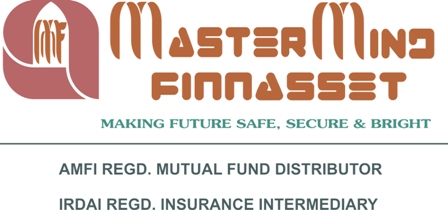Gold and silver prices rise with rising crude
Precious metal prices rose on Thursday, 30 July, 2009. Prices shone today as the rebounding crude price and weak dollar increased the appeal of precious metals as a hedge against inflation.
Generally, a stronger dollar pressures demand for dollar-denominated commodities, such as crude oil and gold, which become more expensive for holders of other currencies and also vice versa.
On Thursday, gold for August delivery ended at $934.9, higher by $7.7 (0.8%) an ounce on the New York Mercantile Exchange. Last week, gold ended higher by 1.6%. Year to date, gold prices are higher by 5.5%.
For the month of June, 2009, gold ended down by 5.4%. Gold had ended the month of May higher by 9.8%. It was the highest monthly gain registered by gold in six months. For the second quarter, gold ended higher by 0.5%. The metal had gained 4.3% in the first quarter of this year.
On 17 March, 2008 prices had skyrocketed to a high of $1,034/ounce. But prices have dropped somewhat (11.5%) since then.
On Thursday, Comex silver futures for September delivery gained 48.2 cents (3.5%) at $13.258 an ounce. Last week, silver ended higher by 3.5%.
Silver ended 13% down for the month of June, 2009. For the month of May, silver gained 26.6%. It was the biggest monthly gain for silver in more than two decades. For second quarter, silver rose 4.5%. Year to date, silver has climbed 21.7% this year. For 2008, silver had lost 24%.
In the currency market on Thursday, the dollar index, a six-currency gauge of the greenback's value, rose modestly.
In the crude market, crude prices rose in synchronization with US stocks.
In 2008, gold prices ended higher by 5.5%. The dollar index had gained 12% that year.
At the MCX, gold prices for October delivery closed higher by Rs 45 (0.3%) at Rs 14,696 per 10 grams. Prices rose to a high of Rs 14,715 per 10 grams and fell to a low of Rs 14,631 per 10 grams during the day's trading.
At the MCX, silver prices for September delivery closed Rs 274 (1.25%) higher at Rs 22,153/Kg. Prices opened at Rs 21,945/kg and rose to a high of Rs 22,238/Kg during the day's trading.

